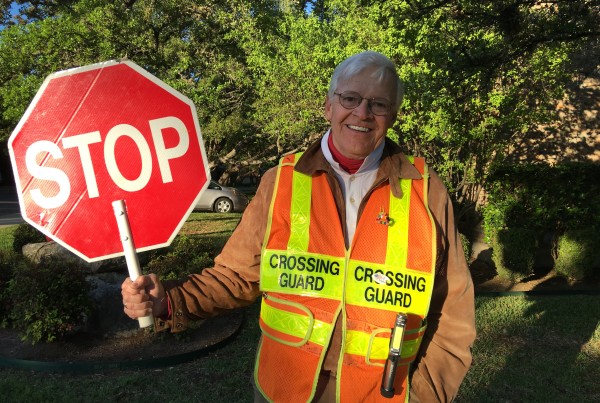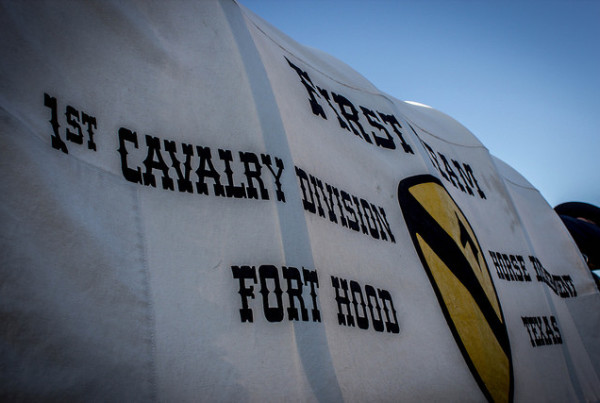You may have noticed we’ve had a damp past few months. Of the many images from the recent downpours across Texas, few of those images communicate the depth of it all better than photos of capsized cars, up to their windshields in floodwaters. Even more dramatic is if your own vehicle has been flooded. Recently, Federal Emergency Management Agency (FEMA) has announced it’s stepping in to help compensate many of those who have lost their cars due to water damage.
But what happens to all those formerly waterlogged cars? Some of them end up for sale. But buyer beware: it may be difficult to tell which cars have been damaged by flooding. Mike Quincy, automotive specialist at Consumer Reports, says that it may not be clear to consumers if a used car has been previously subject to water damage.
“Unfortunately, a lot of water-damaged cars can make it to the used car market camouflaged as ordinary used cars,” Quincy says. “Once a car is totaled, it’s supposed to get a new title called the salvage title, and those titles are usually either plainly marked with the word ‘salvage’ or ‘flood,’ but in some states the warning is an obscure coded letter or number – you really need to know how to read your state’s title codes.” In Texas there are several different ‘brands’ on titles including salvage and flood damage.
And that hidden water damage can pose real safety hazards for drivers. Even when damage isn’t immediately apparent, water can slowly corrode and interfere with the operation of electronic components – components responsible for important safety features like airbags.
“The corrosion could find its way to the airbag controllers and that can be a potential hazard,” he says. “So much of a car’s operations these days are electronic, so any of the various computer systems in your cars can be corrupted and ruined by flood damage.”
Quincy says that there are some red flags to look for when purchasing a used car. It may not be immediately obvious, but with a little examination, consumers can spot clues that indicate that a car may have water damage.
“You’re really actually better equipped to sense a flood damaged car than you think, you just kind of use some of your basic senses,” he says. “Your nose can tell when an interior smells moldy. The touch of your fingertips can sense when the car’s carpeting is damp. There’s a lot of things that can do to check out whether or not you think the car has been in a flood. You might find some silt in the trunk, which could mean flood damage.”
Beyond that, buyers can run a background check on cars as well on VehicleHistory.gov. Also, Quincy advises to simply use common sense when shopping and comparing prices.
“If you’re looking at a car and the price just sounds too good to be true, it probably is,” he says. “(The site) will help consumers run a background check to find out if the title of the car has been washed.”
Listen to the full interview in the audio player above.















